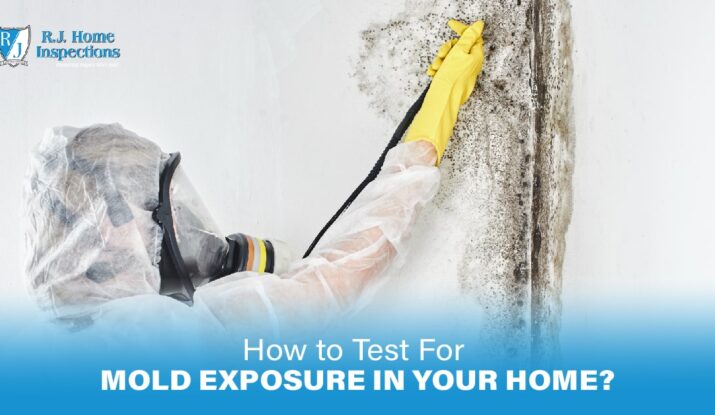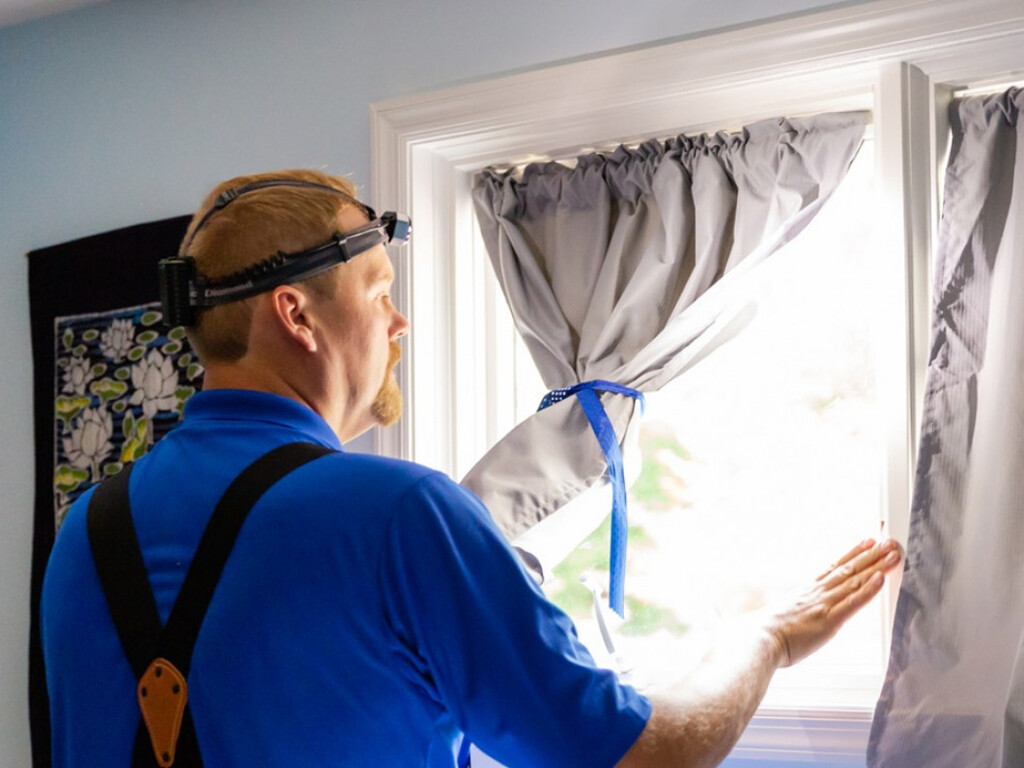Ensuring Conformity With Regulations: the Duty of Mycotoxin Evaluating in Quality Assurance
Making certain compliance with stringent guidelines is vital for keeping food safety, and the duty of mycotoxin testing in quality assurance can not be overstated. Mycotoxins, toxic compounds produced by specific mold and mildews, present significant health and wellness risks, making their detection critical in food manufacturing. Adherence to regulative standards, such as those established by the FDA and EU, needs durable screening approaches and technologies to recognize and measure these impurities. By carrying out detailed testing methods, business can stop prospective health crises, stay clear of expensive recalls, and preserve customer count on. The intricacies of these screening procedures raise essential concerns about their efficiency and effectiveness.
Comprehending Mycotoxins
Comprehending mycotoxins is essential to making certain the top quality and safety of farming items. Mycotoxins are hazardous secondary metabolites created by particular species of fungis, commonly discovered in foods such as seasonings, nuts, and grains. These substances can arise at numerous stages of the food production procedure, from pre-harvest to storage, and position significant health risks to both humans and pets (Mycotoxin testing Services). One of the most notorious mycotoxins include aflatoxins, fumonisins, ochratoxins, and trichothecenes, each connected with details ecological conditions and fungal species.
The existence of mycotoxins in food items can lead to severe and persistent wellness issues, consisting of liver damages, immune suppression, and cancer causing effects. By understanding the resources, types, and impacts of mycotoxins, stakeholders in the agricultural field can better execute preventative measures and minimize dangers, ensuring more secure usage for end-users.
Regulative Standards for Mycotoxins
Having actually developed a fundamental understanding of mycotoxins and their influence on food safety and security, it is important to evaluate the regulative standards governing their existence in farming products. Governing requirements for mycotoxins are essential because they specify permitted limitations, making sure food safety and security and safeguarding public wellness. Numerous worldwide and national companies have actually set these limitations based upon thorough risk evaluations.
The Codex Alimentarius Payment, a global body developed by the FAO and WHO, provides standards and optimum permitted levels for different mycotoxins in food and feed. As an example, the Codex has established limitations for aflatoxins in peanuts, maize, and dried figs, amongst various other products. These criteria are usually adopted or adjusted by private countries to fit their details requirements.
In the European Union, Law (EC) No 1881/2006 states optimum levels for a number of mycotoxins, such as aflatoxins, ochratoxin A, and deoxynivalenol, in various food. In a similar way, the U.S. Food and Drug Administration (FDA) has developed activity levels for mycotoxins like aflatoxins in assets such as grains and nuts.
Adherence to these governing standards is crucial for keeping market accessibility, consumer trust, and public health and wellness. Non-compliance can cause substantial financial losses and health risks, underscoring the relevance of rigid mycotoxin testing procedures.
Checking Methods and Technologies

ELISA is widely appreciated for its rapid and affordable screening abilities, making it suitable for high-throughput environments. It depends on antibodies to detect specific mycotoxins, providing cause a relatively short time framework. Its sensitivity may be limited contrasted to more sophisticated techniques.
HPLC, on the other hand, stands out in offering quantitative analysis with high precision and precision. It divides intricate mixes right into private components, making it extremely reliable for recognizing and evaluating numerous mycotoxins at the same time - Mycotoxin testing Services. This strategy, while a lot more resource-intensive and taxing than ELISA, offers a greater degree of reliability

LC-MS represents the pinnacle of logical uniqueness and sensitivity. Incorporating the separation power of fluid chromatography with the detection capabilities of mass spectrometry, LC-MS can identify also trace levels of mycotoxins. This method is crucial for confirming the visibility of mycotoxins in governing and forensic contexts, ensuring compliance with rigid safety requirements.
Applying Checking Procedures

Including these sophisticated screening methods into a thorough quality control framework requires a well-structured strategy to implementing screening protocols. To attain this, companies have to first perform a detailed danger assessment to identify prospective mycotoxin contamination points within the supply chain. This analysis educates the advancement of a customized testing strategy that deals with particular susceptabilities.
Following, developing standard tasting procedures is important. Constant tasting makes certain that test results are reliable and agent of the entire set (Mycotoxin testing Services). Abiding by standards from regulatory bodies, such as the FDA or EFSA, aids keep see page compliance and improves the trustworthiness of the testing procedure
Training personnel is one more essential component. Personnel needs to excel in both example collection and the operation of read review screening equipment. Routine training sessions and accreditation programs can guarantee that employee remain updated with the most recent techniques and regulatory adjustments.
Advantages of Mycotoxin Testing
Mycotoxin testing uses many benefits that significantly boost the security and high quality of food and feed products. Primarily, it serves as a vital control procedure to prevent polluted products from reaching the customer market, thus guarding public wellness. By determining and evaluating mycotoxins such as ochratoxins, aflatoxins, and fumonisins, producers can guarantee that their items satisfy stringent regulatory requirements, thus staying clear of possible legal consequences and associated costs.
Furthermore, mycotoxin screening adds to the economic stability of food and feed industries by lessening the threat of large-scale product remembers. The capacity to spot and isolate polluted batches early in the manufacturing procedure reduces waste and stops the economic losses connected with damaged brand credibility. It promotes consumer trust and commitment, as consumers are increasingly mindful of food safety and security issues and demand greater top quality requirements.
The execution of regular mycotoxin screening also promotes finest practices within farming and manufacturing industries. By adhering to rigorous testing procedures, firms can maximize their quality control procedures, improve operational effectiveness, and make sure the regular manufacturing of safe, premium items. Finally, the benefits of mycotoxin screening are diverse, contributing to public wellness, economic stability, and market honesty.
Verdict
Mycotoxin testing is essential in guaranteeing compliance with regulative criteria, therefore keeping food safety get more and security and quality control. Thus, mycotoxin testing stays an essential element of contemporary food safety and security monitoring systems.
Making sure compliance with rigid regulations is paramount for keeping food safety, and the duty of mycotoxin screening in high quality control can not be overemphasized.In the world of mycotoxin testing, progressed techniques and innovations are essential in guaranteeing food security and regulatory conformity.Mycotoxin screening provides many benefits that dramatically enhance the security and high quality of food and feed products.Mycotoxin screening is critical in ensuring conformity with regulatory requirements, therefore keeping food safety and security and quality control. Thus, mycotoxin screening remains an indispensable element of contemporary food safety and security monitoring systems.